Trusted by
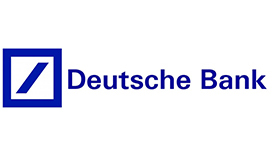
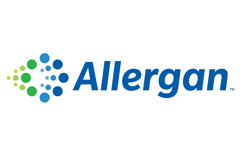
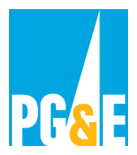






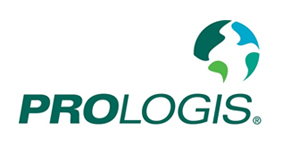
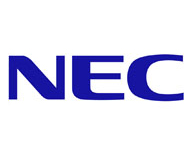
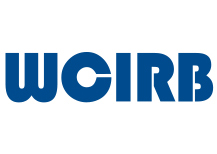
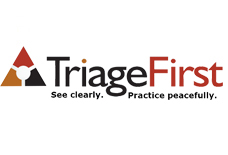


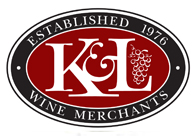


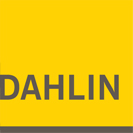






Enterprise User Management implements an open Web Services design architecture to easily integrate with internally developed and 3rd party solutions while minimizing use of specific APIs on both ends,
thereby promoting significant decoupling and dynamic binding of components. This in turn enables and drives service-oriented architectural approach.
Enterprise User Management is often implemented with large scale corporate directories where you can synchronize User Accounts, Groups and Group Membership defined and maintained in EUM™ , and the other way around!. Companies have integrated Enterprise User Management with many LDAP compliant directories as well as many non-LDAP directories, custom directories, and data sources.
Automatic Directory Synchronization works with many LDAP (Lightweight Directory Access Protocol) directory services including Microsoft Active Directory, Microsoft Exchange for automated mailbox provisioning, Lotus Notes, OpenLDAP, X.500 Directories .
Whatever type of integration need or initiative you have, EUM™ can handle it all.
With EUM™ you can easily delegate specific administrative tasks with precise resolution to specific web applications or systems and specific permissions levels. This level of resolution enables the definition of powerful delegation matrices
using EUM™ drill down web based user interface.
EUM™ is designed to centralize and automate user access to applications and data for all internal and external users. To accomplish this, EUM™ securely integrates and synchronizes
with systems, contact sources, directories and more to provide complete control over all user management.
The ground rules are defined and integrated once and thereafter users are automatically maintained with their identities, groups
and group membership through profile based automation and directory automation.
Administrators need only define the ground rules and handle exceptions.
EUM™ automatically logs detailed audit trail records including all user activity and resource access from system and module level down to the record and field level. This includes for example the record, field, date, time and IP addresses
of user resource access requests including whether it was a successful or failed logon request.
Account creation, modification, password changes, resources accessed, account lockouts and much more are part of the logging mechanism. The
built in reporting facility includes sophisticated reporting on many combinations of parameters including user and group attributes, resources and permissions.
EUM™ is an essential tool in auditing and establishes compliance for system
access as defined by Sarbanes Oxley and HIPAA.
Since many EUM™ customers are from the financials industry, its security has been scrutinized on an ongoing basis and EUM™ puts in your hands over a decade of security expertise running large scale web applications in the wild.
Running large
scale web application introduces us to the daunting task of enforcing policies. Administrators must be given a solution that is both resilient to attacks and protective of data confidentiality, integrity, and availability.
EUM™ implements
powerful full featured policy management including sophisticated options for password, security, monitoring, policing, auditing, logging and reporting. These features deliver significant tools for maintaining compliance with regulatory
authorities.
© 2012 - Corporate Central. All Rights Reserved
Buy Corporate Central Clothing